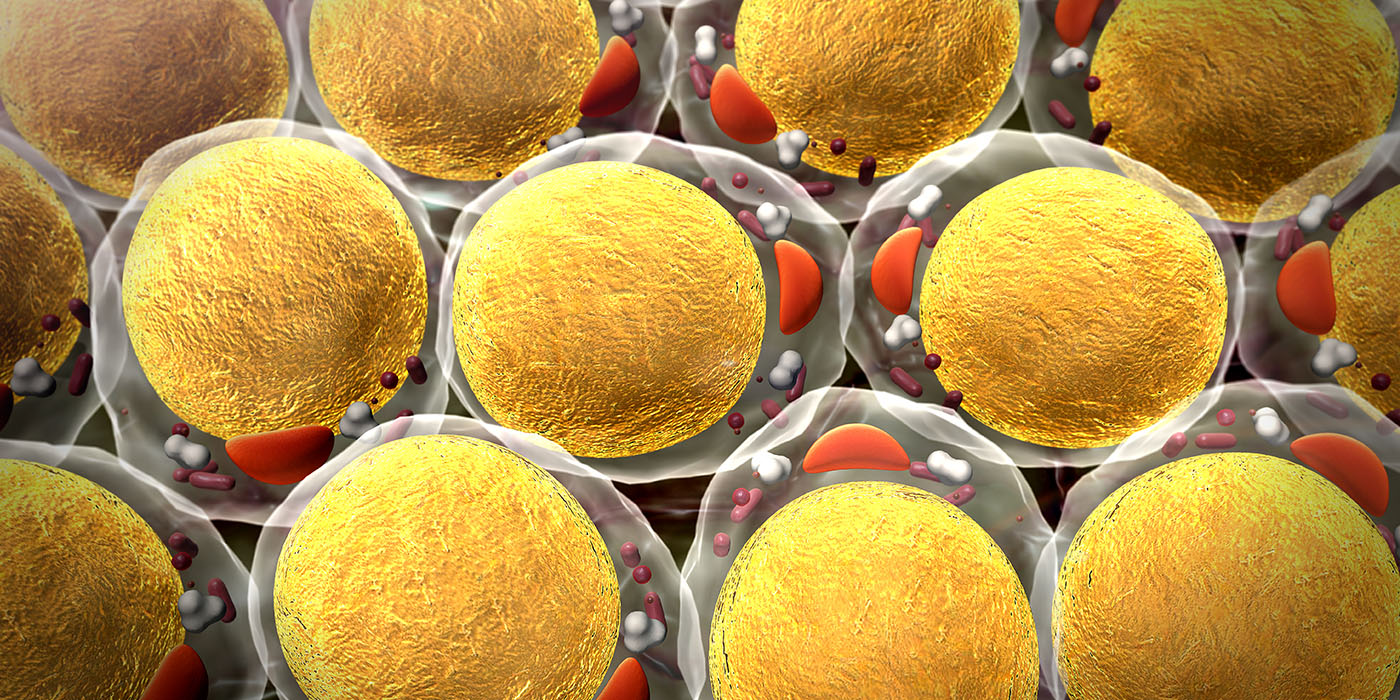 Not sure about the difference between subcutaneous and visceral fat? In this short article, we’ll look at the difference between the two – and explain why we only ever remove subcutaneous fat.
Not sure about the difference between subcutaneous and visceral fat? In this short article, we’ll look at the difference between the two – and explain why we only ever remove subcutaneous fat.
When liposuction is used to remove stubborn subcutaneous fat cells, it can provide satisfying and long-lasting aesthetic results. And fortunately, a vast array of body parts can be targeted with liposuction, from tiny fat pockets such as under the chin, armpit or knees, to larger areas such as inner and outer thighs, waist or tummy. However, liposuction should never be used as a replacement for diet and exercise, to treat obesity, or to remove the unhealthy visceral fat that sits around your internal organs.
Subcutaneous fat
Liposuction only ever targets subcutaneous fat. That’s the fat that is found directly underneath your skin. Subcutaneous means “beneath” (sub) “the skin” (cutaneous). Ever had someone pinch your skin with calipers? They’re measuring your subcutaneous fat – also known as “the inch you can pinch”, the fat that lives under your skin.
You can find subcutaneous fat more abundantly on your bottom, thighs, at the back of your arms, lower tummy or around the love handle area. But subcutaneous fat is all over the body, and can even be found in your fingers or the soles of your feet – not that these areas would be targeted liposuction. But as subcutaneous fat is close to the surface, it is easier for your doctor to remove.
We need subcutaneous fat to keep us warm – and to store energy. And, a certain amount of body fat keeps us looking good. Subcutaneous fat only becomes a problem if we have too much of it, which leads to obesity. Fortunately, subcutaneous fat is easier to lose through dieting than visceral fat, although some individuals have stubborn pockets of subcutaneous fat that won’t budge, despite diligent efforts with diet and exercise. If the appearance of these stubborn fatty pockets cause emotional distress to an individual, liposuction can be an ideal solution.
Visceral fat
Visceral fat is named accordingly from viscera, which refers to your internal organs. Visceral fat can be found around your torso in your heart, liver and other major organs. Visceral fat is the fat that’s given a bad name – and for a good reason: it’s dangerous, and potentially even fatal.
Visceral fat can increase your chances of:
- heart disease
- stroke
- dementia
- breast cancer
- diabetes
For an accurate reading of your visceral fat levels, your doctor may recommend you have a DEXA scan. This gives you a detailed and accurate picture of your health, including not only visceral fat but subcutaneous fat, lean muscle mass and bone density. If you discover that you have an abundance of visceral fat, cut down on your calories and get more exercise. Also, avoid insulin-spiking foods that encourage metabolic syndrome that will further aggravate the problem. Unfortunately, seeking help from a liposuction doctor won’t help.
Liposuction is a wonderful tool to improve aesthetics, but cannot be used to improve your health or remove this dangerous fat surrounding your internal organs. Therefore, if you have stubborn pockets of subcutaneous fat that you would like to have removed for aesthetic reasons, liposuction may be a good option. However, if you have an abundance of visceral fat in your torso, liposuction is not an option. Contact your doctor to organise an appropriate diet and exercise plan to get your visceral fat levels down to a healthy level.

 Not sure about the difference between subcutaneous and visceral fat? In this short article, we’ll look at the difference between the two – and explain why we only ever remove subcutaneous fat.
Not sure about the difference between subcutaneous and visceral fat? In this short article, we’ll look at the difference between the two – and explain why we only ever remove subcutaneous fat.